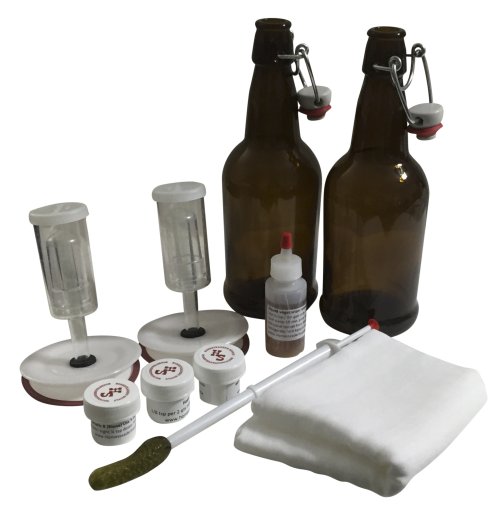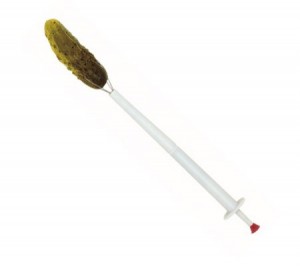Wardee Harmon has partnered with Homesteader’s Supply in making all the supplies necessary for her Lacto-Fermentation e-course available to Traditional Cooking School members at one low price!
The Traditional Cooking School is an online e-course that offers simple lessons and tasty, nutritious recipes for pickles, chutneys, relishes, condiments, pickled fish and meats, sourdough, simple cheeses, beverages, grains, beans and more!
This e-course covers the fundamentals, and then gives detailed instruction on various aspects of traditional cooking. As part of the Traditional Cooking School’s program, Wardee offers a variety of individual in-depth courses on topics such as culturing cheese and other dairy products, lacto-fermenting (vegetables, fruits…even condiments!), dehydrating (every food group imaginable!), and baking with sourdough starter you make yourself.
For a modest monthly fee, you get access to the above, plus several more wonderful courses—all which you can work on in any order and complete at your convenience! Wardee gives you the recipes, and then shows you on a video exactly how to prepare them. When you become a member of Wardee’s Traditional Cooking School, you can share in her forums and participate the live discussion groups she hosts. You will never feel left alone in your learning venture with Wardee!
In her Lacto-Fermentation course, Wardee teaches you how to “pickle” foods to make them more nutritious, stay fresh longer, and taste even better by letting the food develop its own complex flavors and pleasing textures. Fermented foods are supremely digestible and nutritious. Fermenting gives your food a probiotic boost and provides health benefits similar to those of yogurt. Plus, fermenting is a great way of using and preserving some of the bounty from your harvest. And it saves energy!
The Traditional Cooking School’s Lacto-Fermentation course requires a some special supplies, which you can purchase as a kit from Homesteader’s Supply. You will love our Pickle-Pro lids because they help the fermentation process complete more quickly—in as few as three days.
And here’s some more great news! We offer our Lacto-Fermentation eCourse Kit at 20% off the retail cost of the individual items!
We now have an updated Lacto-Fermentation E-Course Kit that includes a pair of 16-ounce Groslch bottles. Here’s what you’ll receive when you buy your kit from us:
- 2 Pickle-Pro Lids for any wide-mouth canning jars
- 2, 16-ounce amber Grolsch Glass bottles with E-Z Flip Lids
- 1 ounce Vegetarian Rennet DS
- Biena Meso B Culture
- Danisco Yogurt Culture ABY-2C
- Kefir Starter Culture – Foamy Kefir C
- 2 yards, 90-count cheese cloth

Note We continue to offer this same kit without the Grolsch bottles Be sure to specify which kit you want when ordering.
Free Gift!
 As a special gift from Homesteaders Supply, you will also receive a Pickle Pincher Delux, which allows you to remove pickles and other veggies from your jars. It’s great for serving at the dinner table, parties, or just small gatherings. No more fingers in the jar!
As a special gift from Homesteaders Supply, you will also receive a Pickle Pincher Delux, which allows you to remove pickles and other veggies from your jars. It’s great for serving at the dinner table, parties, or just small gatherings. No more fingers in the jar!
As of this writing, both kits are on a special sale with FREE SHIPPING to the 50 US states!
There might be an extra charge for other destinations. Just give us a call (928) 583-0254 and ask!

 Many of these bacteria are beneficial, but we can have bad bacteria too.
Many of these bacteria are beneficial, but we can have bad bacteria too. 

 As a special gift from Homesteaders Supply, you will also receive a
As a special gift from Homesteaders Supply, you will also receive a